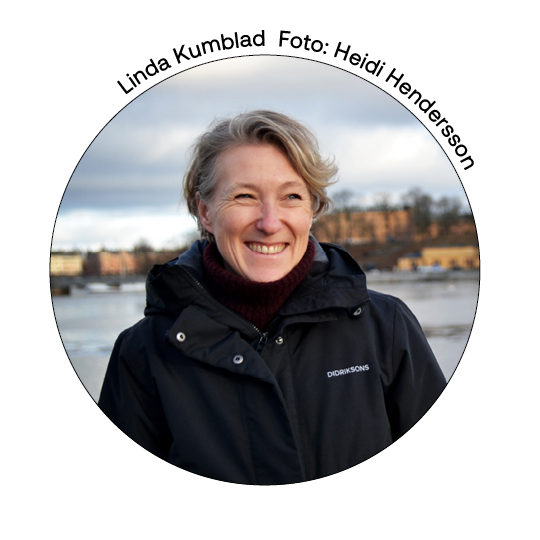A common pitfall is to talk about achieving a Baltic Sea in ‘balanced’, a description that several scientists strongly advise against using. But why is that? What is wrong with wanting a Baltic Sea, and other environments, in balance?
Because ecosystems are not balanced – they are complex and dynamic. Believing that there is a natural balance tends to oversimplify natural events and thus does not do justice to the environment. It is a static approach, which overlooks the fact that everything on this planet is constantly changing. Striving for balance often involves a belief that ecosystems can return to the status quo if humans stop interfering – that there is some kind of natural pendulum that swings back to the centre where harmony prevails. Critics of the concept argue that this approach can, at worst, make us passive in our environmental and climate work, when the real question is what kind of human actions should be promoted and which should be avoided.
The idea of a natural balance is part of a deep-rooted Western ideology and perception of the world around us. For a long time, it was also a metaphor used by many ecologists and scientists (including Charles Darwin) to describe nature and its processes. Today, as a result of research and new insights, the description has largely been abandoned by the professional scientific community, but it is still often found in the media and popular culture. It is so ingrained that it persists even after people are exposed to facts that refute the myth of natural balance.
‘They are almost incapable of reasoning logically about environmental problems because they keep encountering this cultural concept,’ psychologist Corinne Zimmerman told the Pacific Standard newspaper after conducting a study examining students’ attitudes towards the concept.

Photo: Nicklas Wijkmark/azotelibrary.com
When it comes to environmental work around the Baltic Sea, a quest for balance seems to be a very popular vision of the future. A search on Google for ‘Baltic Sea balance’ yields a total of 164 000 results. It can be found on the website of the Swedish Agency for Marine and Water Management, the Swedish Environmental Protection Agency and among Sweden’s environmental objectives. Linda Kumblad, a systems ecologist at Stockholm University’s Baltic Sea Centre and project manager for BalticWater’s project Thriving bays, often comes across the term.

“In our work to restore shallow, enclosed bays, we aim for the bays to regain good water quality and a more natural ecosystem, not to regain a “balance”. Bays are in a constant state of change, not only due to human impacts, but also naturally. For example, land uplift and the input of organic matter from the surrounding land contribute to a natural succession that causes ecosystems to change slowly. Water exchange decreases, making the water calmer and warmer, new species move in and others leave. The change is slow, but it’s happening all the time,” says Linda.

Conclusion
An ocean in balance is neither realistic nor desirable to strive for. The world and nature are too complex to be summarised into something so linear and inorganic. Humans have affected, and continues to affect, nature in different ways and it is therefore better to investigate which interventions and measures are better from a sustainability perspective than others – instead of striving for a false pristine balance.
Hope the waters now feel a little clearer!

